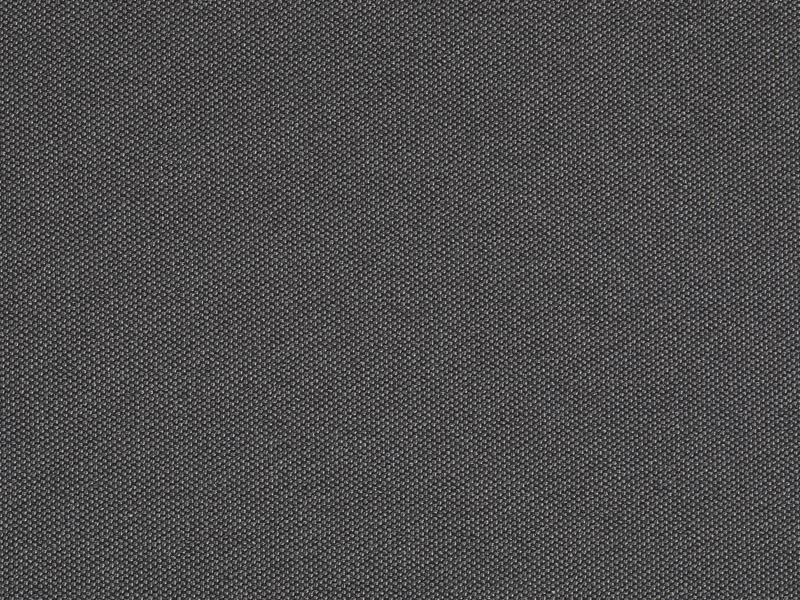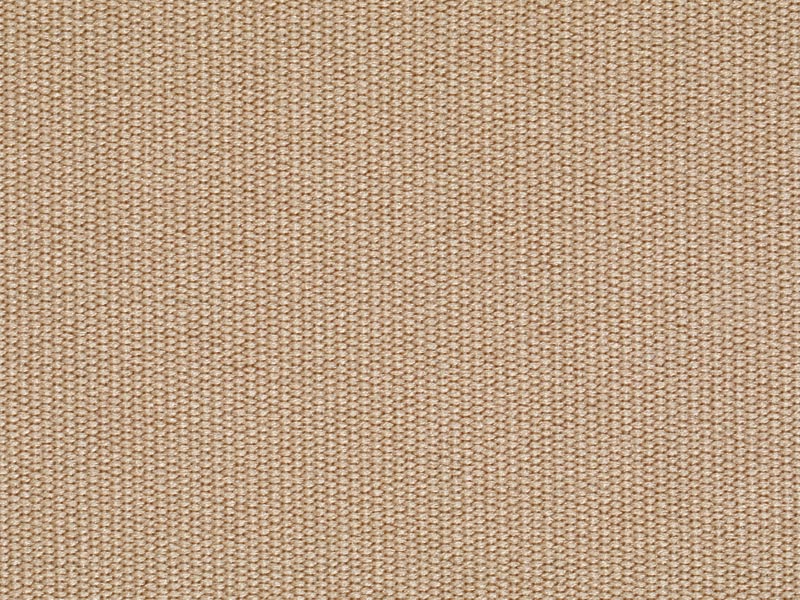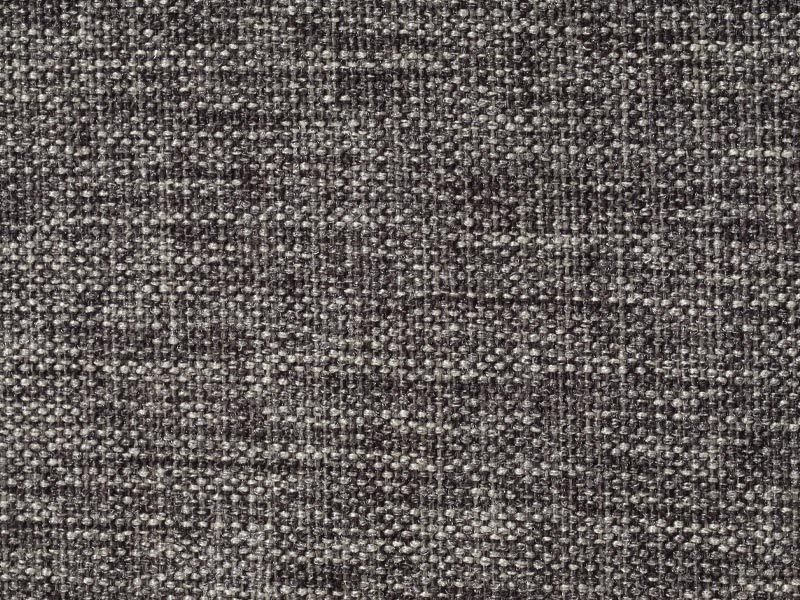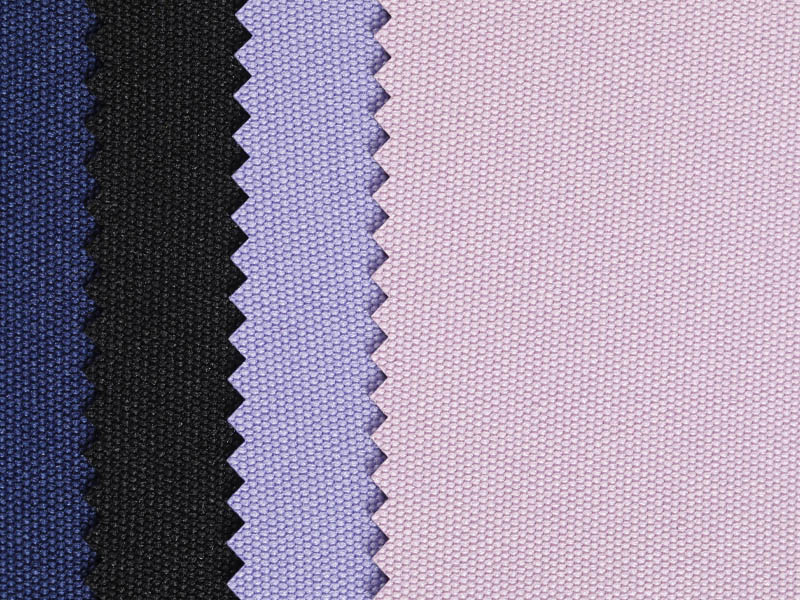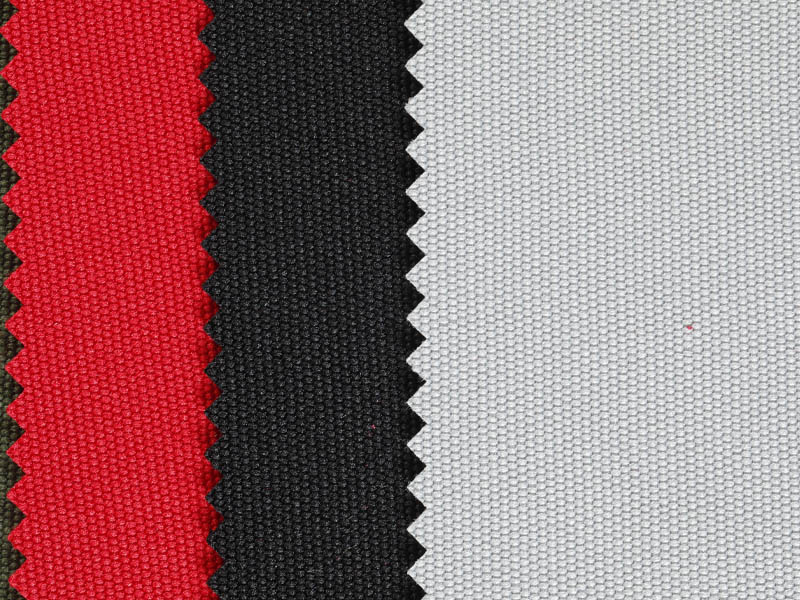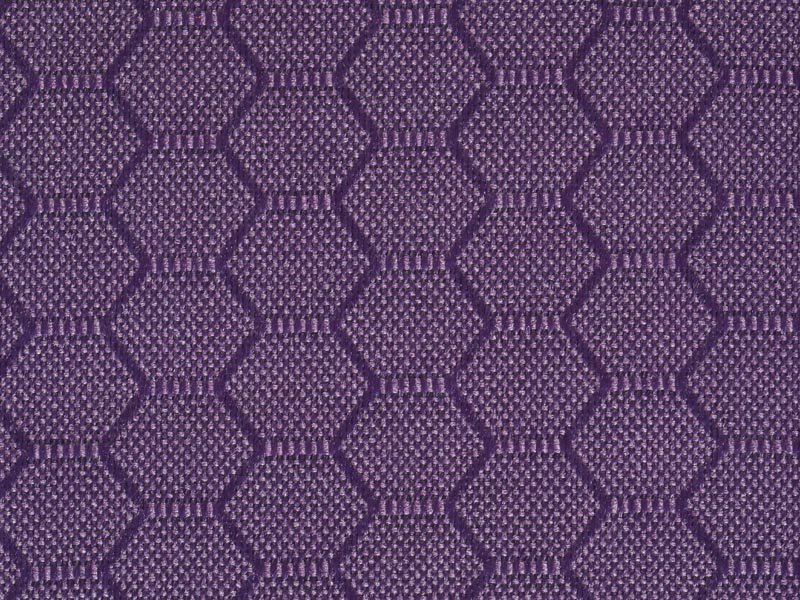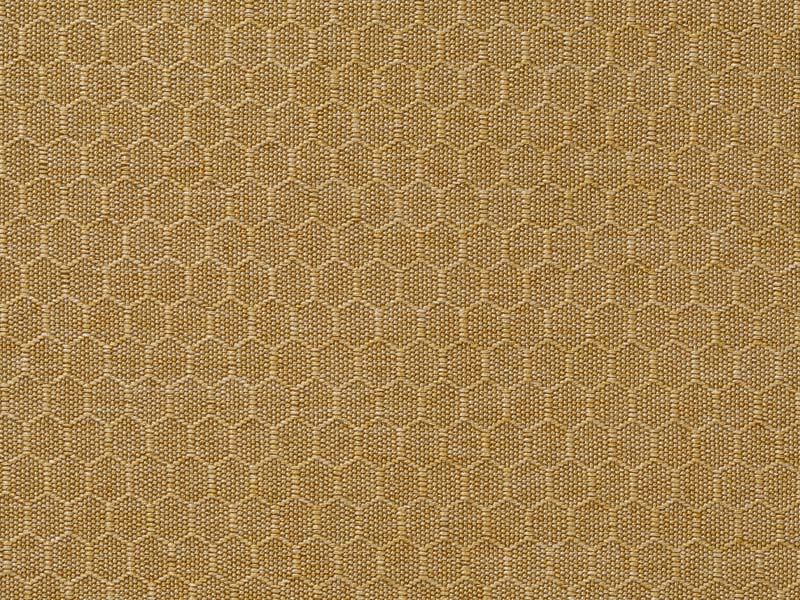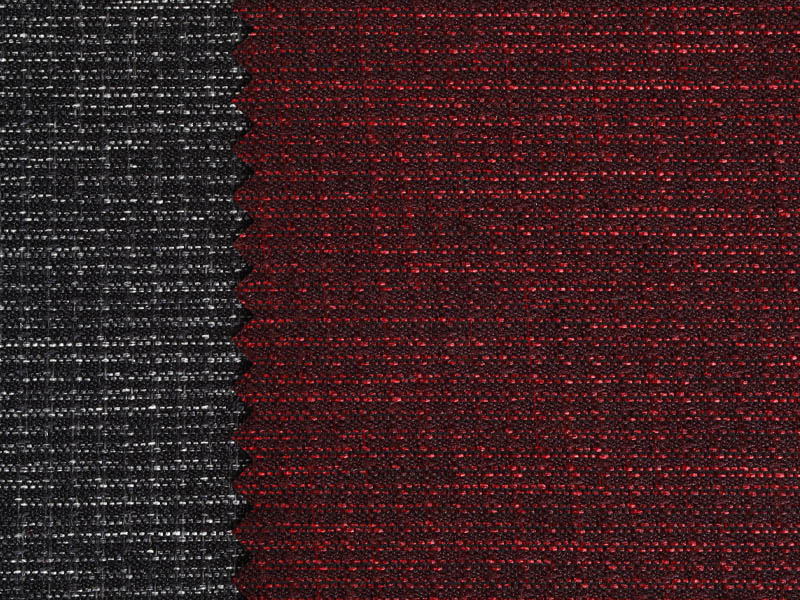Why Sofa Fabric Matters More Than You Think?
Posted by Admin
When it comes to choosing a sofa, design and size often take center stage. However, one detail that significantly affects how we experience furniture every day is often overlooked — the sofa fabric. The sofa fabric is not just a surface layer; it has a direct influence on how we feel when we sit down, relax, or even lie down after a long day. In both homes and commercial spaces, the comfort level of the sofa fabric plays a key role in how welcoming and functional a seating area feels.
The true value of sofa fabric lies in its ability to deliver a soft and comfortable touch. High-quality sofa fabric is designed to feel smooth against the skin, offer breathability, and adapt well to the body’s temperature. Whether you're lounging with a book or hosting guests, the sofa fabric contributes significantly to the overall experience. It’s the layer you feel first, and if it lacks softness or breathability, even the stylish sofa can feel less inviting.
Different types of sofa fabric offer varying degrees of comfort. For example, velvet sofa fabric is known for its plush texture and luxurious appearance. Linen sofa fabric, on the other hand, offers a more natural, breathable surface that stays cool in warmer months. Polyester-blend sofa fabric combines softness with durability, making it a popular choice for everyday use. Regardless of the material, the sofa fabric for comfort is one that remains gentle on the skin and maintains its softness over time.
Another important feature of a comfortable sofa fabric is how it handles prolonged use. Over time, low-quality fabrics may become rough, lose their softness, or show signs of pilling. A well-made sofa fabric maintains a smooth and pleasant surface even after extended use. This durability is essential for households with children, pets, or frequent guests. A reliable sofa fabric not only adds to the longevity of the furniture but also ensures that comfort doesn’t fade with time.
The breathability of sofa fabric is also crucial for all-season comfort. Materials that trap heat can become uncomfortable, especially in warmer environments. Breathable sofa fabric allows for better air circulation, reducing the buildup of heat and moisture. This is particularly beneficial in climates where temperature and humidity fluctuate. A breathable sofa fabric helps keep the seating area feeling fresh and pleasant, regardless of the weather.
Comfort is also tied to how the sofa fabric responds to movement and posture. A flexible and soft sofa fabric adjusts naturally to body contours, enhancing the overall relaxation experience. When paired with quality cushions and support structures, the right sofa fabric can transform an ordinary piece of furniture into a space of genuine comfort and rest.
Visual appeal is often aligned with comfort. When a sofa fabric looks soft, it tends to feel soft. The tactile and visual elements work together to create a cohesive design that is both beautiful and functional. Neutral tones, gentle textures, and inviting finishes in sofa fabric design contribute to creating a space that feels calm, warm, and livable.
In modern interiors, the versatility of sofa fabric also adds to its value. It can be styled to suit minimalist, bohemian, classic, or contemporary themes without compromising on comfort. A thoughtfully selected sofa fabric blends into the environment while enhancing how the space is experienced on a daily basis.
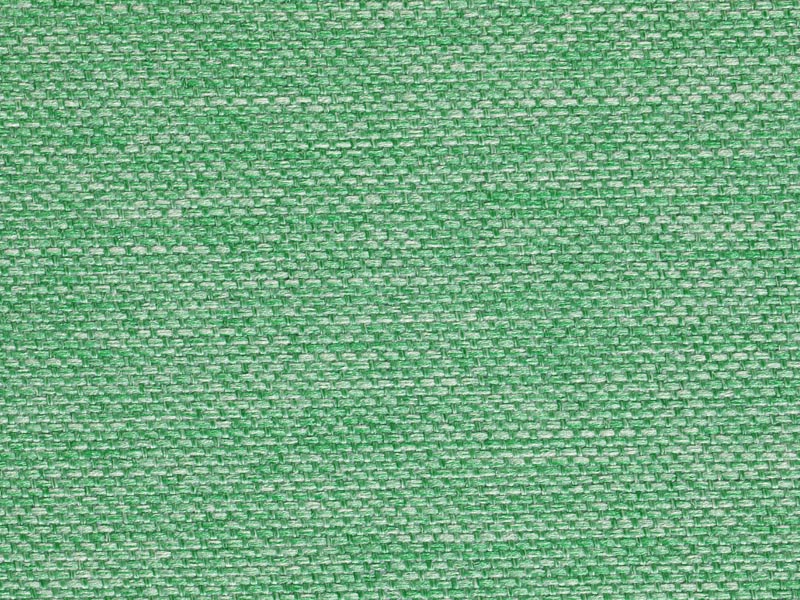
In conclusion, while shape and color may catch the eye first, it's the sofa fabric that determines how a sofa feels. The soft, breathable, and skin-friendly nature of quality sofa fabric makes a lasting impact on comfort, usability, and satisfaction. Choosing the right sofa fabric is not just a matter of style—it's about creating a living space where comfort is part of everyday life.
Whether you're furnishing a new home, updating a lounge, or designing a cozy corner, give careful attention to the sofa fabric. It’s the detail that touches your life every day, quite literally.

 English
English Français
Français Español
Español عربى
عربى Tiếng Việt
Tiếng Việt


